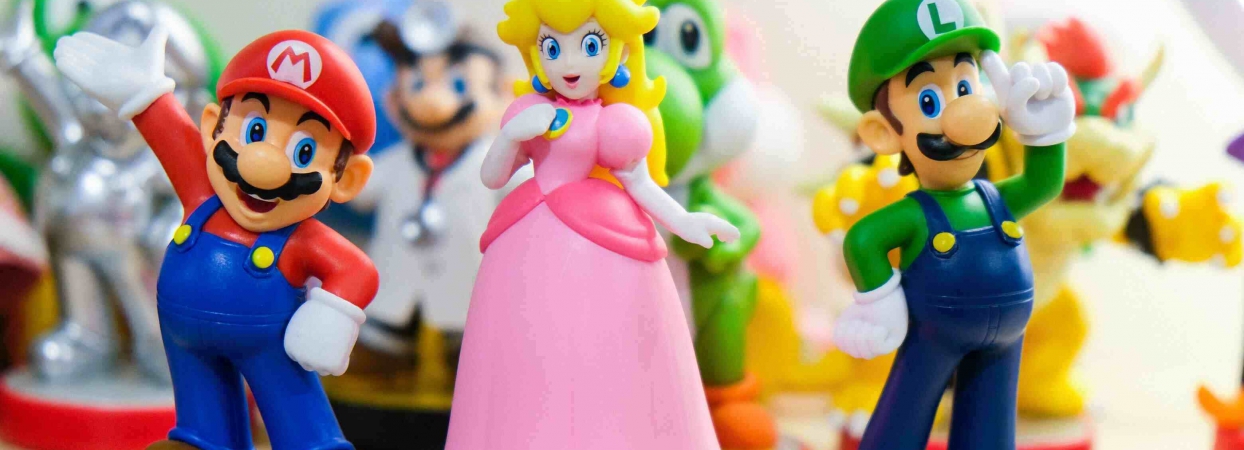Marketing toys today requires more than bright colors and catchy jingles. Parents, educators, and children want to see themselves reflected in the toys they buy and play with daily. Research from YouGov shows that 53% of toy buyers actively seek out products that promote diversity and inclusion. Major manufacturers like LEGO and Mattel have recognized this shift, adapting their product lines and marketing strategies to represent children of all backgrounds, abilities, and interests. This comprehensive look at diversity in toy marketing examines why representation matters, how brands can create meaningful change, and the positive impact inclusive practices have on both society and business outcomes.
PR Overview
- The Evolution of Representation in Toy Marketing
- Breaking Down Gender Barriers in Toy Marketing
- Multicultural Representation in Product Development
- Inclusion of Children with Different Abilities
- Collaboration with Advocacy Groups
- Data-Driven Approach to Diverse Marketing
- Implementation Strategies for Toy Brands
- Future Trends in Diverse Toy Marketing
- Conclusion
The Evolution of Representation in Toy Marketing
The toy industry has undergone significant changes in recent years regarding representation and inclusivity. Traditional gender-based marketing approaches and limited cultural representation no longer meet consumer expectations. According to the Toy Association’s 2025 trends report, modern parents seek toys that break down stereotypes and celebrate differences.
This shift reflects broader societal changes and growing awareness of representation’s importance in child development. Studies show that when children see themselves reflected in their toys and play materials, it positively impacts their self-esteem and social understanding. Conversely, lack of representation can reinforce negative stereotypes and limit children’s perception of their potential.
Breaking Down Gender Barriers in Toy Marketing
Traditional toy marketing often relied heavily on gender stereotypes – pink aisles for girls filled with dolls and kitchen sets, blue aisles for boys stocked with action figures and construction toys. However, research indicates these divisions can limit children’s development and career aspirations.
Many leading brands now actively work to eliminate gender-based marketing. For example, Target removed gender-based signage from toy departments in 2015, while California passed legislation in 2021 requiring large retailers to maintain gender-neutral toy sections. These changes reflect growing recognition that all children should feel free to explore any toys that interest them.
Marketing strategies that successfully break down gender barriers include:
- Using diverse casting in advertisements showing both boys and girls playing with all types of toys
- Avoiding gender-specific color schemes in packaging and displays
- Focusing marketing messages on play patterns and developmental benefits rather than gender
- Creating product lines that appeal to all children regardless of gender identity
Multicultural Representation in Product Development
Effective multicultural representation goes beyond simply including diverse faces in marketing materials. It requires thoughtful product development that authentically reflects different cultures and experiences.
Creating Authentic Cultural Products
Successful multicultural toy lines consider cultural elements in every aspect of design, from physical features to storytelling elements. Mattel’s Barbie Fashionistas line serves as a strong example, offering dolls with various skin tones, hair textures, and facial features that accurately represent different ethnicities. The company collaborates with cultural experts to ensure authenticity in design and messaging.
Impact on Sales and Brand Perception
Market research demonstrates the business value of multicultural representation. According to industry analysis, toys featuring diverse characters and cultural elements show strong sales growth. Parents from minority communities report higher brand loyalty to companies that authentically represent their cultures in products and marketing.
Inclusion of Children with Different Abilities
Including children with disabilities in toy marketing and product development represents another crucial aspect of diversity. The CDC reports that about 1 in 6 children has one or more developmental disabilities, making this a significant market segment that historically faced underrepresentation.
Adaptive Product Design
Leading manufacturers now create adaptive toys designed for children with various abilities. These products include:
- Toys with multiple sensory features for children with visual or hearing impairments
- Modified controls and interfaces for children with motor skill challenges
- Inclusive packaging that makes products accessible to all users
Marketing Representation
Effective marketing strategies for inclusive toys include:
- Featuring children with visible and invisible disabilities in advertising
- Highlighting adaptive features without making them the sole focus
- Creating content that normalizes different abilities in play scenarios
Collaboration with Advocacy Groups
Successful diversity initiatives often involve partnerships with advocacy organizations that provide expertise and authenticity to marketing efforts. These collaborations help brands avoid common pitfalls and ensure meaningful representation.
Building Effective Partnerships
Strong advocacy partnerships require:
- Long-term commitment to relationship building
- Regular consultation on product development and marketing
- Shared goals for promoting inclusion
- Financial support for advocacy initiatives
Measuring Impact
Brands should track various metrics to assess partnership effectiveness:
- Consumer feedback from target communities
- Sales data for inclusive product lines
- Brand perception changes among diverse audiences
- Social media engagement with inclusive content
Data-Driven Approach to Diverse Marketing
Research supports the business case for diversity in toy marketing. Market analysis shows that inclusive practices correlate with increased sales and brand loyalty.
Consumer Behavior Statistics
Recent market research reveals:
- 76% of parents consider diversity important when purchasing toys
- Multicultural toys show 25% higher growth rates than traditional products
- Brands with inclusive marketing see increased social media engagement
ROI of Inclusive Marketing
Companies implementing comprehensive diversity strategies report:
- Higher customer satisfaction scores
- Increased market share in diverse communities
- Stronger brand reputation scores
- Better employee recruitment and retention
Implementation Strategies for Toy Brands
Creating effective diverse marketing requires systematic approaches and ongoing commitment.
Internal Organization Changes
Successful implementation often requires:
- Diverse hiring practices in marketing and product development teams
- Regular diversity training for all staff members
- Clear guidelines for inclusive marketing practices
- Accountability measures for diversity goals
Marketing Content Development
Best practices for creating inclusive content include:
- Regular audits of marketing materials for representation
- Development of style guides for inclusive language
- Creation of diverse content calendars
- Testing materials with target audiences
Future Trends in Diverse Toy Marketing
The toy industry continues evolving toward greater inclusion and representation. Emerging trends include:
Digital Integration
Virtual and augmented reality experiences offer new opportunities for inclusive play, allowing children to create avatars and characters that truly represent them.
Customization Options
Advanced manufacturing techniques enable greater personalization, letting children customize toys to match their specific characteristics and preferences.
Sustainability Focus
Environmental consciousness increasingly intersects with diversity initiatives, as brands recognize that social responsibility encompasses both human and environmental concerns.
Conclusion
Diversity in toy marketing represents more than a trend – it’s a fundamental shift in how the industry serves its audience. Successful implementation requires genuine commitment, thoughtful strategy, and ongoing evaluation of practices and outcomes. Brands that embrace inclusive marketing not only contribute to positive social change but also position themselves for success in an increasingly diverse market.
For toy brands looking to enhance their diversity initiatives, consider these next steps:
- Audit current marketing materials and product lines for representation gaps
- Develop relationships with relevant advocacy organizations
- Create clear guidelines for inclusive marketing practices
- Implement regular training programs for marketing teams
- Establish metrics to track the impact of diversity initiatives
Remember that creating truly inclusive toy marketing is an ongoing process that requires constant evaluation and adjustment. The rewards – both social and financial – make this effort worthwhile for brands committed to serving all children and families.
The Future Of Wellness Influencer Marketing: Authenticity Over Aesthetic
Wellness brands face a reckoning. The era of perfectly curated influencer feeds and aspirational...
Marketing Blockchain to Non-Crypto Audiences: The New Playbook
Most blockchain marketing fails before it begins—not because the technology lacks merit, but...
The New Playbook for AI-Enhanced Brand Messaging
Brand messaging used to be a game of instinct, intuition, and endless rounds of creative review....




